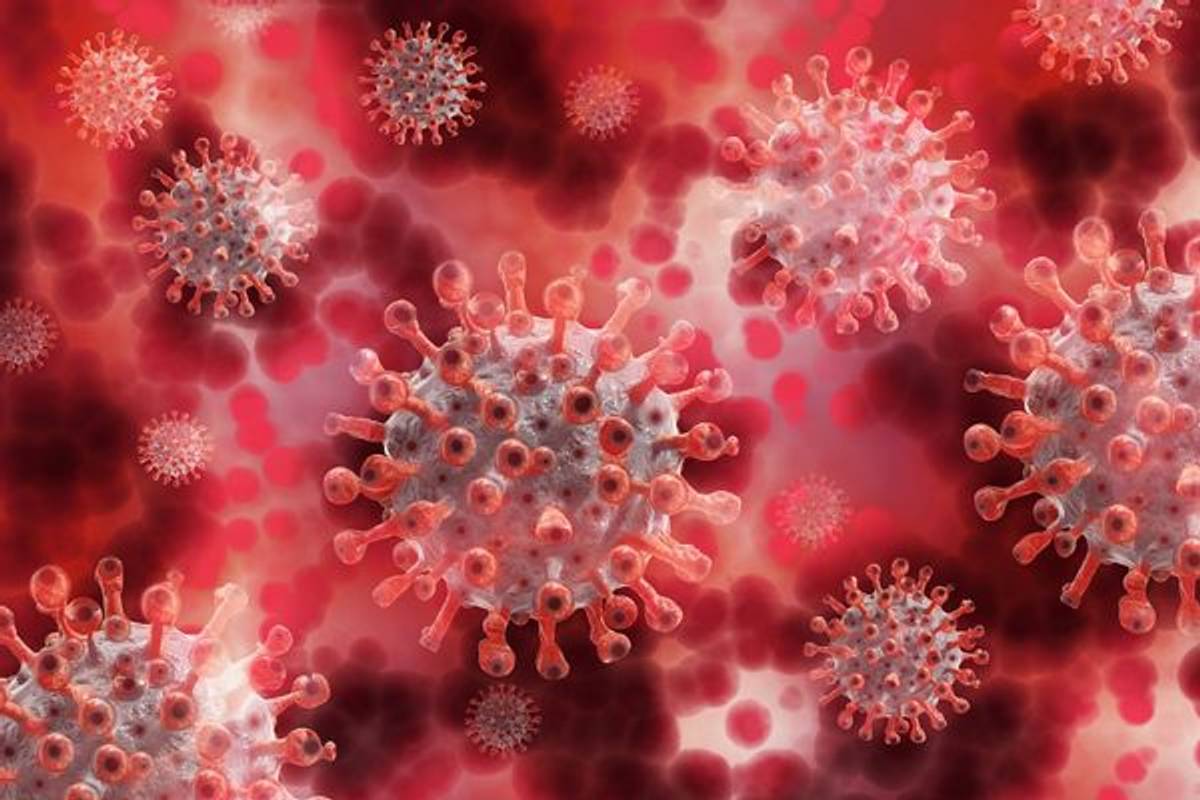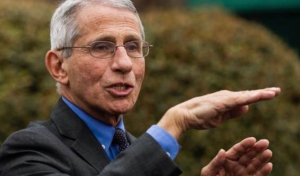COVID-19 infection caused by the SARC-COV-2 virus is said to be associated with several neurological conditions like brain fog, encephalitis, loss of smell, taste, and meningitis. Now, according to health experts, the virus is also causing facial paralysis, scientifically called Bell’s palsy in infected patients.
“Since the advent of the COVID-19 pandemic, there has been a surge in Bell’s palsy cases seeking physiotherapy. It is recorded mostly in patients with a history of COVID. In the last few months, around 3-4 post-COVID patients, both young and old, are appearing with this problem on a daily basis,” Dr Vinith Karanth, consulting physiotherapist at Zen Multispeciality Hospital told Indian Express.
Also Read: All you need to know about long COVID
What is Bell’s palsy or facial paralysis?
Bell’s palsy is the sudden weakness in the facial muscles. This is observed in one-half of the face mostly due to facial nerve inflammation, which is believed to be an outcome of the COVID-causing virus.
In Bell’s palsy, the facial nerve, which controls the action of the face, stops sending signals to the muscles and this leads to paralysis/weakness on a temporary basis and can affect either side.
Also Read: Assam minister’s take on COVID origin: It came from God’s supercomputer
However, it must be noted that it is a temporary paralysis condition that can easily be treated with proper medical attention.
Symptoms of Bell’s palsy or facial paralysis
1- Facial droop
2- Sensitivity to loud noise
3- Difficulty in closing eyes/ears
4- Weakness on one side of the face
5- Loss of taste
6- Speech difficulty
Also Read: Blood clot risk higher from COVID-19 than from vaccines: UK Study
Treatment
According to Dr Karanth, if one experiences any such symptoms, they should visit a neurologist and get the correct diagnosis done. The doctor will then plan treatment with medicines and physiotherapy.
Along with the medical management of steroids and antivirals, physiotherapy management, which includes stimulation of the facial nerve with therapeutic currents and facial exercises helps in faster recovery, said Dr Karanth.







